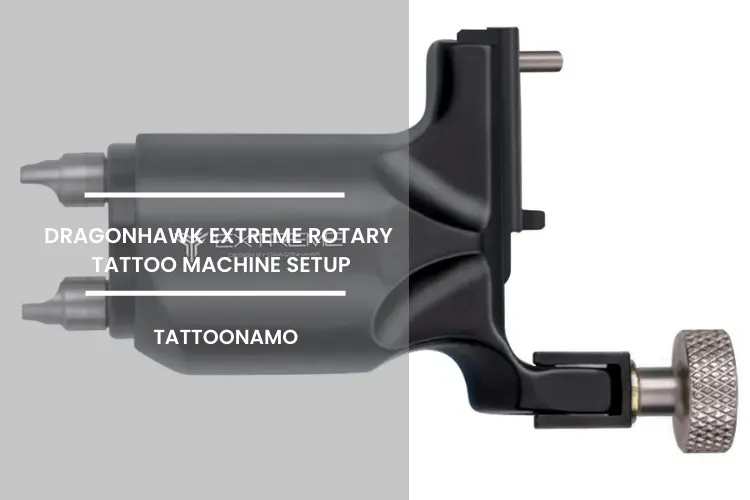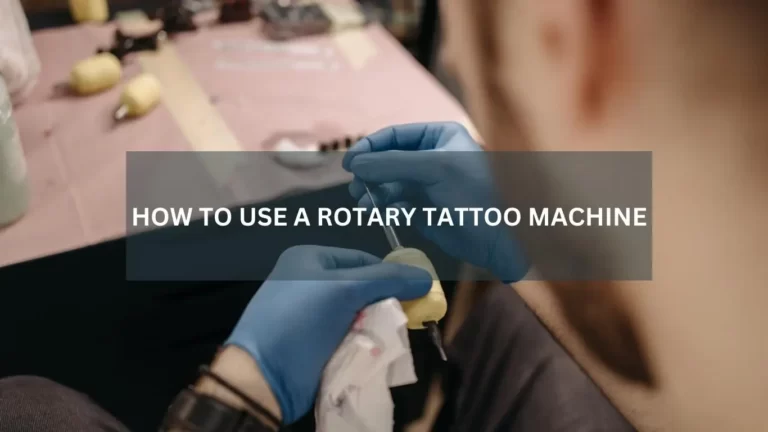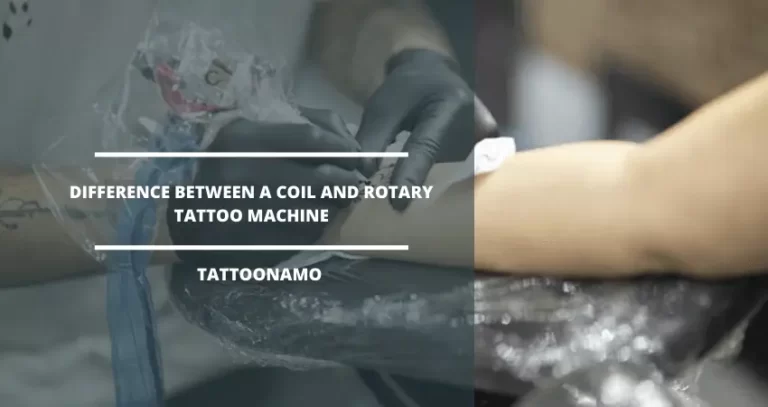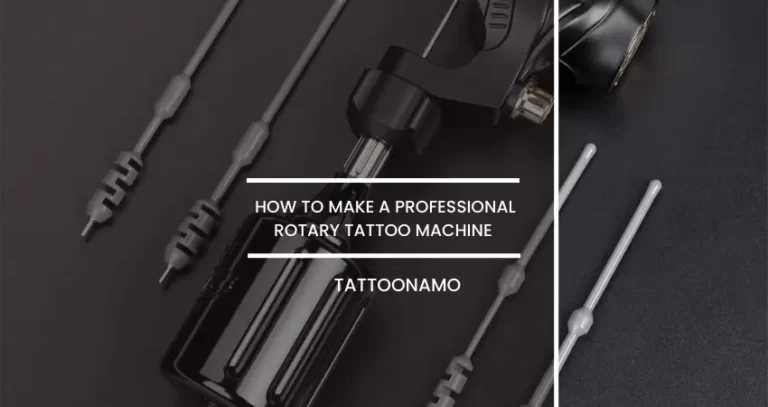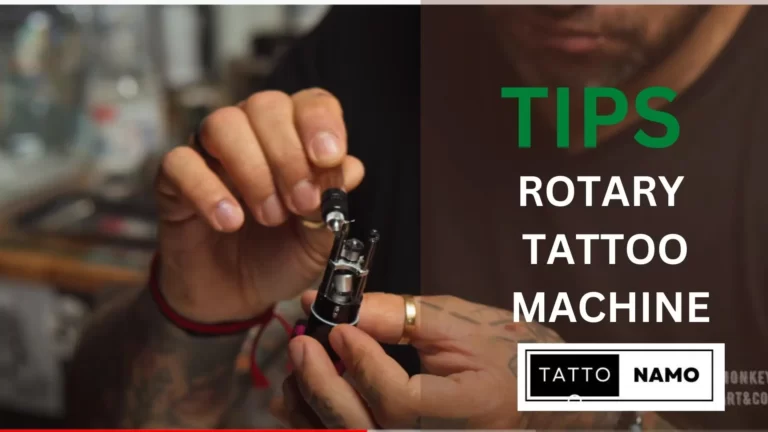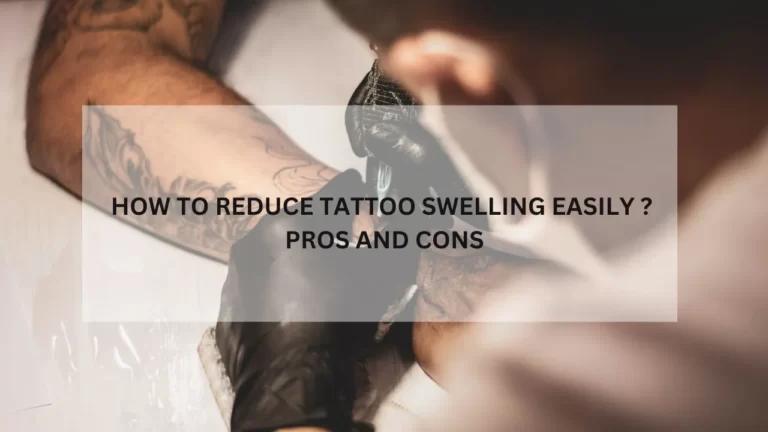Rotary Tattoo Machine Voltage for Lining
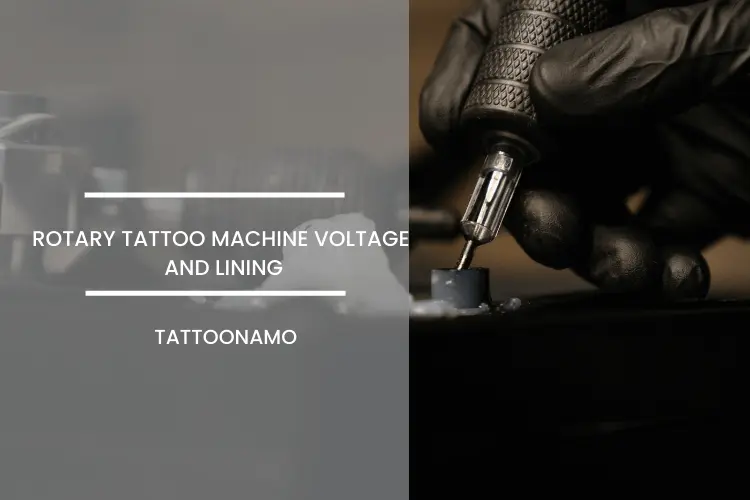
Voltage is the most crucial factor in the quality of the tattoo. Because it’s the voltage that determines how much power is delivered to the needle and how deep the needles will penetrate the skin. Voltage also determines how fast needles move and the amount of ink deposited into the skin.
The standard voltage for the tattoo machines is 110-120 volts, but some machines also run on higher voltage, such as 220-240 volts. Higher voltage is more powerful and produces better results, but they also cause more pain.
As we know, the average voltage for tattoo machines is 110-120 volts, but what is rotary tattoo machine voltage for lining? Here, we will discuss the rotary tattoo machine voltage for the lining and also will learn to set the rotary tattoo machine for the lining.
Rotary Tattoo Machine Voltage for Lining
Rotary tattoo machines work at different voltage ranges. The voltage for the lining depends on two factors.
1: The size of the needle as a larger needle will require a higher voltage to penetrate the skin.
2: The speed of the machine as faster speed will require higher voltage and vice versa.
It also depends on the personal choice of the artists. Some artists find better results with lower voltage and some with higher voltage.
Setting a Rotary Tattoo Machine Voltage for Lining
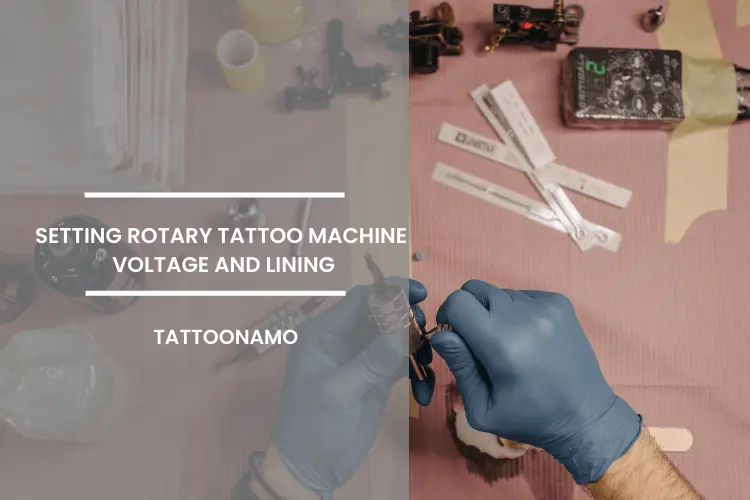
You can set the voltage of tattoo machines either with the help of a knob or dial. The average voltage for 7-9 volts, but initially, it can be set at lower settings.
1: The voltage of the tattoo machines will not fluctuate as they work on direct current. The voltage of the rotary tattoo machine determines how deep the needle will penetrate the skin, which will determine the amount of ink deposited in the skin.
2: Most artists use a power supply adjusted between 2 to 20 volts. If you are a newbie, it is recommended for you to adjust the power supply at the lower end and gradually increase the voltage when you become more comfortable with the tattoo device.
3: Before setting the voltage on the machine, ensure the power supply is turned off. Then with the help of a voltmeter, measure the voltage of the power supply.
4: After determining the voltage of the power supply, turn it on and set the voltage regulator on the machine to the required voltage.
5: Once that is done, test the machine on a piece of paper or your skin to ensure it’s working properly.
Setting a Rotary Tattoo Machine Voltage for Lining work
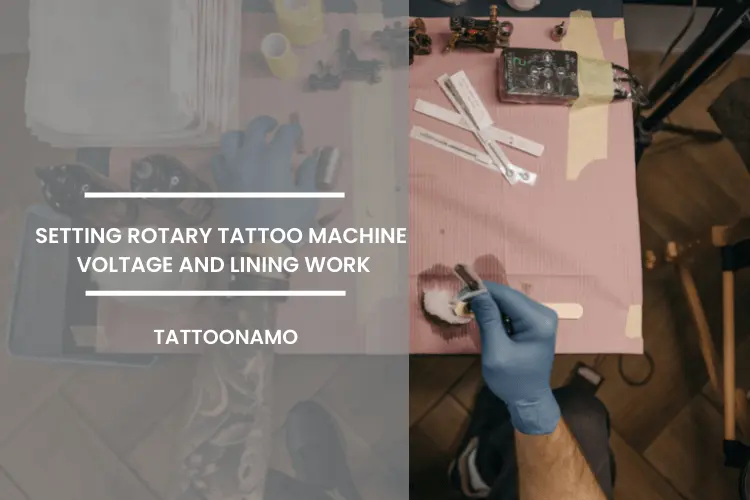
Below are the steps that describe how to set a rotary tattoo machine voltage for lining work.
Step 1: The tattoo machine has a thick metal bar above the electric coils called an armature bar. Depress the armature bar and examine the gap between the contact screw and the front spring of the armature bar. Now turn the contact screw till the gap between the tip of the screw and the front spring of the armature bar is approximately 1mm. This is how you set the gap for the lining.
Step 2: Now attach the appropriate tube to the rotary tattoo machine. Insert the needle bar into the tube. Fit the end ring of the needle bar over the rubber grommet on the armature bar. Loop a rubber band around the tattoo machine by encircling the back of the frame and the front of the needle bar. The rubber band cuts the vibration and needle bar lateral movement.
Step 3: Depress the armature bar and examine the needle with the help of a magnifier. Adjust the needle tube so that the length of the needle that projects from the tip matches the gap of the contact screw.
Step 4: Now, set the speed for the lining. 7v-9v volts are suitable for lining. Most tattoo artists adjust the speed by listening to the sound of the machine. The speed will be fine if the machine produces a steady hum or buzz.
Step 5: Now check the needle when the tattoo machine is activated. The moving needle should look like a solid column. You will need to tighten the rubber band on the needle bar if you see multiple columns or ghost images. It will help to reduce or eliminate lateral movement.
Ideal Voltage for a Rotary Tattoo Machine for Lining
Tattoo machines work on different voltages. Ideally, rotary tattoo machines work between 7v to 9v for the lining.
The voltage of a rotary tattoo machine depends on different factors such as the type of machine, needle size, the density of the ink, and the individual skin type.
Some tattoo artists prefer lower voltage for lining (6v-8v) as lower voltage allows control.
Factors Affecting Tattoo Voltage
Some factors affect the voltage of a tattoo machine. We have explained a few below
- Voltage can be affected by the type of material through which it travels.
- Resistance of the material also affects the voltage.
- Length of material is also another factor that affects the voltage.
- Another factor that affects the voltage of a tattoo machine is the cross-sectional area of the material.
- The frequency of the current also affects voltage.
- The position of electrodes also affects the voltage.
- Voltage can also be affected by the shape of electrodes.
FAQs
Conclusion
The voltage for a rotary tattoo machine depends on the lining you are doing. If you are doing a small line, you will use a lower voltage setting, and if you are doing a thick line, you will use a higher voltage setting. It’s always suggested to start with a lower voltage. The ideal rotary tattoo machine voltage for lining is 7v to 9v, but artists may adjust the voltage per their requirements.
The article above has covered the information about the rotary tattoo machine voltage for lining, and we hope you will like it.

